Scrum 101: Your Agile Guide
Stepping onto the dynamic stage of effective project management, Scrum takes the forefront, drawing inspiration from rugby formations. Envision a framework that navigates adaptability and fosters collaboration with well-defined, sprint-driven cycles. In this insightful blog journey, we unveil the essence of Scrum— a pivotal player in modern project management. But before diving into Scrum, understanding its foundation within Agile is crucial. Exploring the brief history of Agile and its core principles allows us to better grasp and understand Scrum.
Until the 1990s, project management typically adhered to the Waterfall methodology, especially in projects where it was applied. However, the cumbersome documentation and rigid approach were incompatible with certain project types, such as software development. In response, 17 software developers convened at the Snowbird Resort in Utah in 2001 to discuss a more lightweight method suited for software development. Together, they published the Agile Manifesto for Agile Software Development and the 12 Agile Principles.
Agile Manifesto:
VALUES individuals and interactions OVER processes and tools
VALUES working software OVER comprehensive documentation
VALUES customer collaboration OVER contract negotiation
VALUES responding to change OVER following a plan
12 Agile Principles:
Customer satisfaction through early and continuous delivery of valuable software
Welcome changing requirements, even late in development
Deliver working software frequently
Collaboration between business stakeholders and developers
Build projects around motivated individuals
Use face-to-face communication
Working software is the primary measure of progress
Maintain a sustainable pace of work for the team
Continuous attention to technical excellence and good design
Simplicity— the art of maximizing the amount of work not done
Self-organizing teams
Regular reflection on team effectiveness
The Agile Manifesto, born from the need for a more adaptive approach in software development, not only revolutionized project management but also gave rise to Scrum— a prominent Agile framework. Scrum, an integral part of the Agile family, embodies the principles of the Manifesto, providing a structured yet flexible methodology aligned with its values and promoting iterative, customer-centric development.
Expanding on our earlier exploration of Scrum, let’s delve into the intricacies of this dynamic process. Scrum, beyond being a framework, embodies an interplay of essential principles and roles rooted in Agile methodology. Scrum principles emphasize values such as adaptability, collaboration, and unwavering customer satisfaction, aligning with Agile’s core values. This is reflected in Scrum’s structure, featuring self-organizing teams, active customer collaboration, and the delivery of working solutions at regular intervals.
Within the Scrum framework, three key roles take the lead— the Product Owner defining project requirements, the Scrum Master ensuring adherence to Scrum practices, and the Development Team, a self-organizing force. Each plays a pivotal role in shaping the three core Scrum artifacts— the Product Backlog, the Sprint Backlog, and the Increment.
Having established a foundation in understanding the key roles and artifacts of Scrum, the natural question arises: how do these elements seamlessly collaborate throughout a project, and more importantly, how does this collaboration contribute to project success? This is where the pivotal role of Scrum ceremonies comes into play.
In the course of a project, five main Scrum Ceremonies unfold. These events include the Sprint, Sprint Planning, Daily Scrum, Sprint Review, and Sprint Retrospective. The Sprint marks a time-boxed iteration lasting anywhere from two to four weeks, dedicated to crafting a potential product increment. Sprint Planning unites the Product Owner and Development Team in determining upcoming Sprint tasks. The Daily Scrum, often referred to as the ‘Daily Standup,’ serves as a daily time-boxed meeting, ensuring alignment, progress sharing, and obstacle resolution. The Sprint Review showcases completed work to stakeholders, and the Sprint Retrospective provides a reflective event at the end of each Sprint, fostering a culture of continuous improvement.
Scrum holds significant relevance in modern project management, offering a dynamic and adaptable framework suited for today’s fast-paced, ever-changing business landscape. Its iterative approach aligns well with the demands of industries where agility and responsiveness are paramount, promoting collaboration among cross-functional teams and accelerating project delivery. The framework’s focus on customer value, transparency, and the ability to pivot quickly in response to evolving requirements addresses the challenges posed by today’s dynamic markets. As organizations increasingly prioritize innovation and efficiency, Scrum emerges as a key player in project management. Stay tuned for more in-depth insights into Scrum history, roles & artifacts, and mastering events in upcoming blogs!
